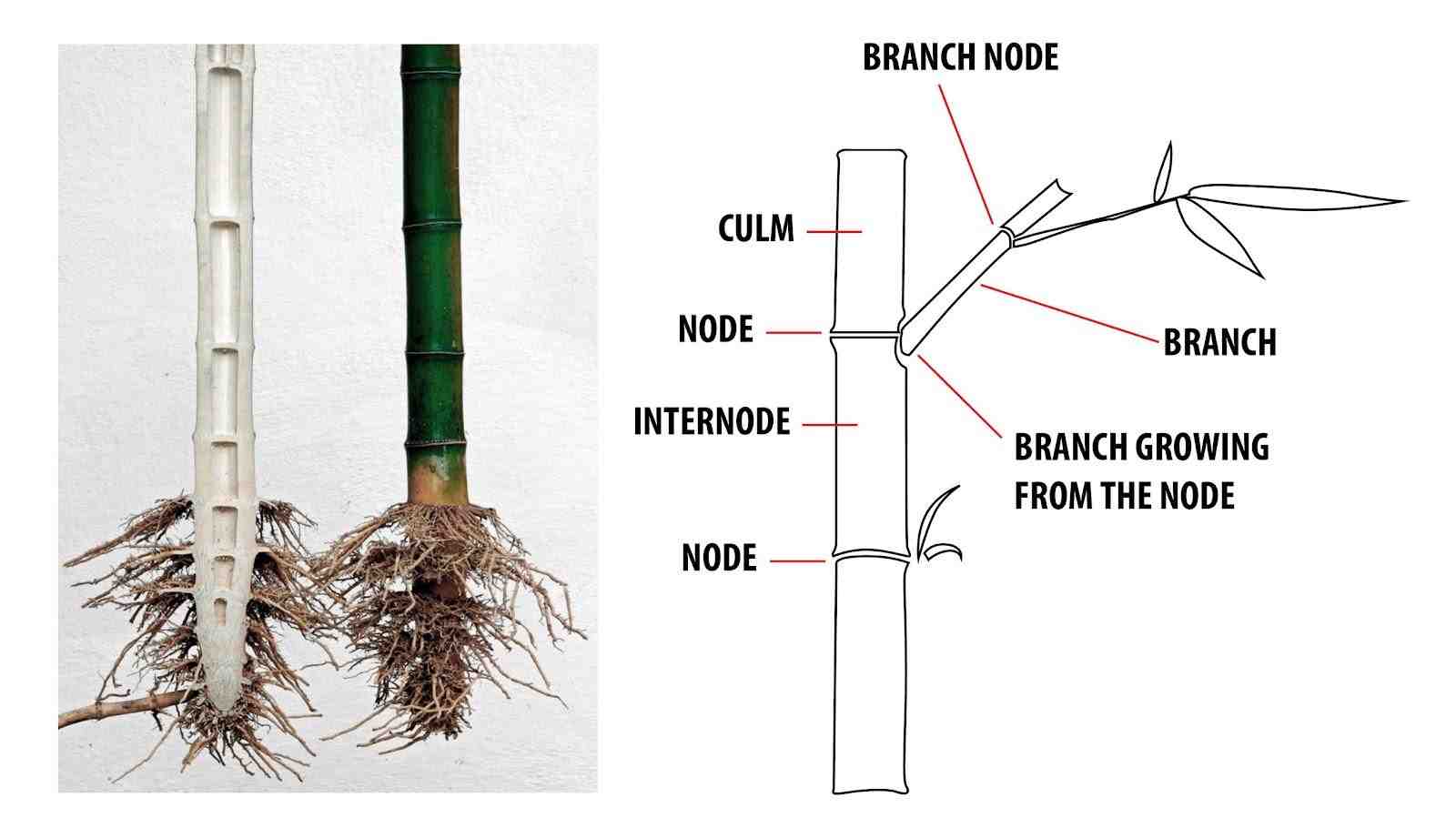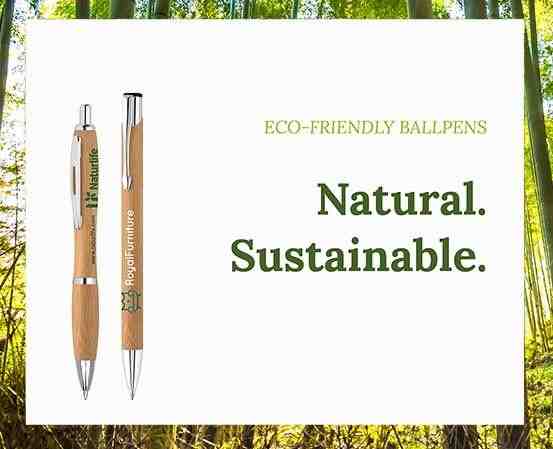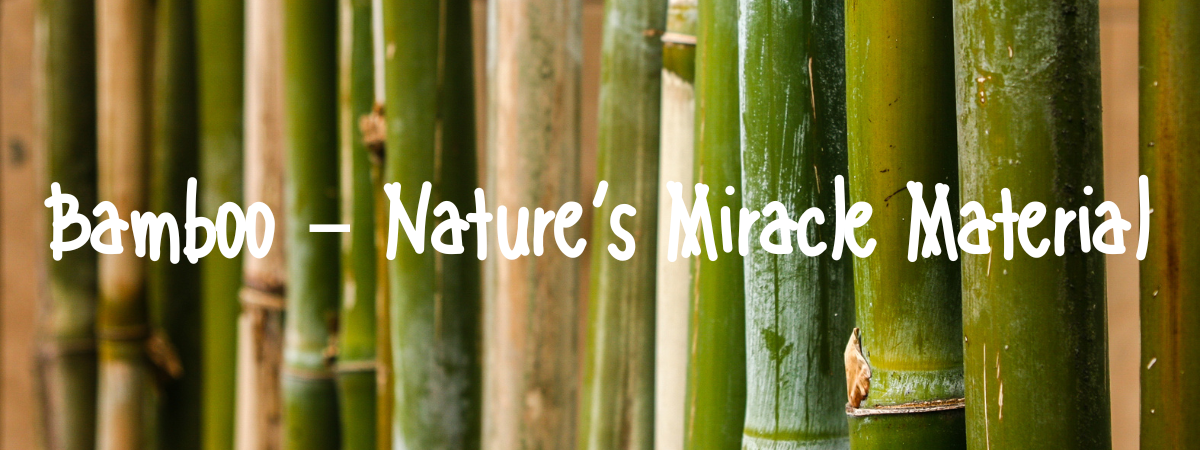Bamboo – Nature’s Miracle Material
Introduction
Bamboo is a perennial evergreen flowering plant that is prevalent in Asia, Australia, North and South America and Sub-Saharan Africa. China is currently the only country in the world that is exploiting the full potential of bamboo in the mass market. Most Chinese bamboo is harvested from the south Yangtze River area. Bamboo can grow on different altitudes and under various climatic conditions, but it prefers tropical climates.
History
Bamboo is viewed as a symbol of traditional Chinese values and it is regarded as the harmony between nature and human beings. The history of Chinese people planting and using bamboo can be traced back 7,000 years. As early as the Shang Dynasty (16th-11th century B.C), bamboo was already used in various aspects of ancient Chinese people’s daily lives including food, clothing, housing, transportation, musical instruments, writing instruments and even weapons.
Anatomy of Bamboo
Although it looks, feels and behaves like wood, bamboo actually belongs to the grass family. Similar to all grasses, bamboo is characterised by a jointed stem called a Culm. In most cases the stems are hollow but some species have solid culms. Culms are segmented by nodes; the points where branches grow out of the culm. These nodes are solid throughout the culm and from the outside appear as swellings.

Mechanical Properties
Tensile Strength:- Up to 160 N/mm2 (3 times greater than most conventional construction grade timbers)
Compressive Strength:- Up to 86 N/mm2. (Cedar is about 40 N/mm2)
Hardness:- Up to 1690 lbf. – Janka hardness test. (Cedar is about 900lbf)
Bending Strength:- Up to 150N/mm2 (About 2 times stronger than structural timber)
Writing and Recording
Before the Eastern Han Dynasty (25-220) when paper was invented, strips of bamboo had been used as the most important writing medium. China’s first books were crafted from bamboo strips on string. Thus bamboo played an important part in the daily life of ancient Chinese people, and its role as a writing medium helped keep historical records of traditional Chinese culture for us to study today.
Some of the most ancient writing instruments were also made from bamboo. These types of pens are referred to as dip pens as the tip has to be regularly dipped in ink to recharge the pen. The hollow shaft of the bamboo culm acts as a reservoir for the ink. Bamboo was the material of choice of Ancient calligraphers until it was replaced by the much finer quill pen in the 7th century. However, bamboo dip pens are still used in classrooms in some South Asian countries today.
Bamboo is being increasingly used for flooring as an alternative to hardwood. Its abundance, low cost and eco credentials is making it the natural material of choice for this and many other applications, including pen barrels.
Manufacturing Pen Barrels from Bamboo
Our pen barrels are made from compressed strand-woven Mao Bamboo fibres. The fibres undergo a chemical-free process known as carbonisation where they are heated under pressurised steam for a prolonged period to cause the natural sugars in the bamboo to caramelise which allows it to be removed. The fibres are mixed with resin and then pressed under extreme pressure into planks. These planks are then cut into long strips of square section and this forms the raw material from which the pen barrels are machined.
The bamboo strips are machined on woodturning lathes using a cutting tool to size and polish the outside. The internal diameter of the barrel is reamed using a reaming bit mounted in the tailstock of the lathe.
Eco Credentials
Renewable
New bamboo shoots can grow at staggering rates. Some species of bamboo have been clocked at growing over 900mm in one day. The entire growth period from new shoot to a full height culm can typically be completed in 30 days. Harvesting occurs between 3- 5 years (time taken to reach maturity) after which the bamboo plant regrows. This can be contrasted with wood where tree maturity rates are measured in decades, after which the tree is felled and no regrowth occurs.
Pesticide-Free
Bamboo requires no pesticides to protect it from parasites or microbes during their growing lifetime.
Prevents Soil Erosion
Bamboo has a close knitted root system that helps to clump earth. This not only prevents erosion, but rebuilds already-eroded earth. This is particularly important in tropical regions where heavy rainfall can deplete nutrients and strip the land of soil.
Low Hydration
Bamboo plants require little water to prosper and no irrigation is required.
Greenhouse Gases
- Bamboo Absorbs 5 times more carbon dioxide than similar plants.
- Bamboo produces 35% more oxygen than similar plants.
Antimicrobial
Bamboo inhibits the growth of bacteria and fungi. Great as a material for hygienic writing instruments.
Sustainability
The bamboo used in our promotional products is cut from plantations specifically grown for harvesting. No wild bamboo is ever used.
Click here to browse our eco-friendly pen range



